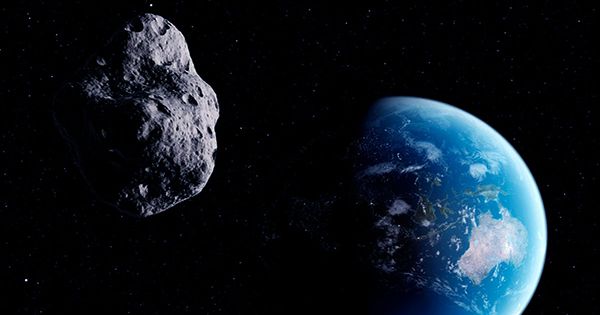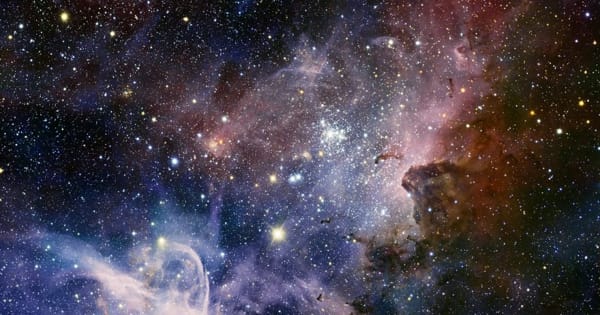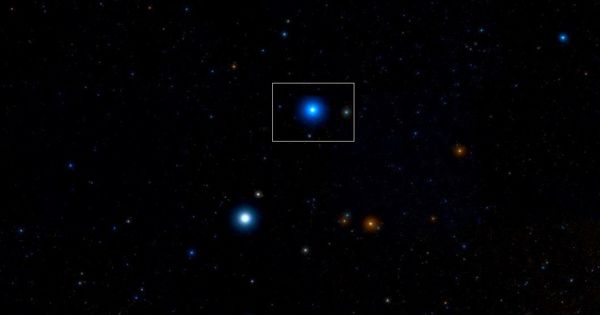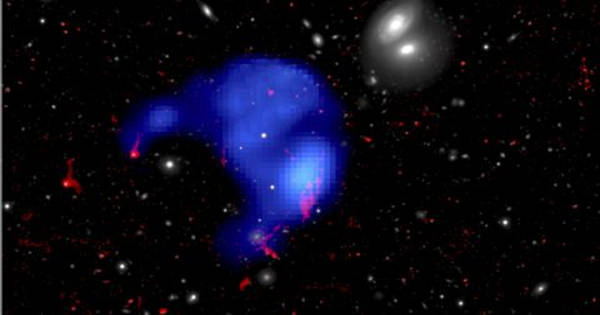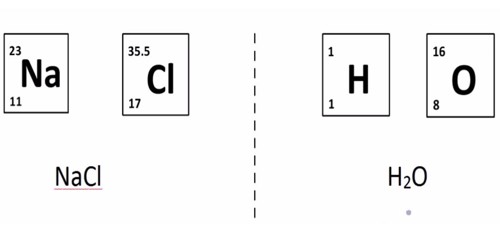This Saturday, the asteroid 4660 Nereus will make its closest approach to Earth in decades. The trip was unusually not close at 3.9 million kilometers (2.4 million miles); three months earlier, an asteroid half the size came twice as close.
This visit is notable because Nereus is regarded as one of the finest asteroid prospects for humans to visit, and maybe mine – its estimated value is about $5 billion. In backyard telescopes, under dark skies, and in the Northern Hemisphere, it will be visible.
In 1982, Nereus discovered. It measured at 330 meters (1,082 feet) in diameter in 2003 measurements, a figure that usually compared to the height of the Eiffel tower, which is 324 meters (1,063 feet). It is also around the same size as asteroid 99942 Apophis, which is regarded as one of the most serious (though still minor) dangers to Earth. However, asteroids of this size are not entirely spherical, and Nereus is estimated to be 510 meters (1,670 feet) long along its longest axis, however, this passage may provide a more exact measurement.
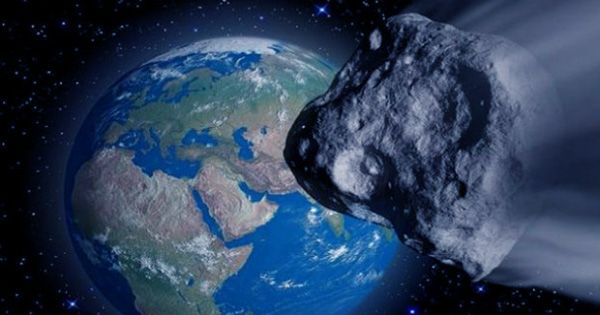
As a result, if Nereus collides with Earth, it might do significant damage despite falling far short of being a “dino-killer.” Because its orbit crosses ours – traveling from a little closer to the Sun than ours to beyond Mars’ – there is a serious risk of impact, giving it the moniker PHA (Potentially Hazardous Asteroid).
Any such threat, however, will be far off in the future – the closest approach in the next two centuries will be in 2060 when Neurus would still be three times further away than the Moon.
Despite the longer distance, Nereus’s low gravity and Earth-like orbit mean that reaching there from low Earth orbit would need less change in orbital velocity and hence less fuel. Because the majority of other asteroids with this attribute are so tiny, there is not much use in applying this knowledge. Most do not contain enough precious material to be of interest to space miners, among other considerations. For Nereus, however, this is not the case. The Hayabusa spacecraft was supposed to go to Nereus before coming to Itokawa. If the private Near-Earth Asteroid Prospector project received financing to fly, Nereus would be one of its primary targets.
The Asterank database contains 600,000 asteroids along with estimations of the mining factors. Nereus ranked third in terms of “cost-effectiveness.” Its estimated $4.7 billion in iron, nickel, and, most critically, cobalt is dwarfed by relative behemoths like 16064 Davidharvey ($54 trillion).
For operations targeting smaller and more convenient amounts of minerals, however, ease of access would more than compensate. Close approaches let us to further investigate Nereus and revise our estimations, as well as analyze its orbit for long-term danger potential. In 2002, 1982, and 1961, Nereus passed at just slightly larger distances. The name derived from a sea-god who is the father of the Nereids, rather than any mistaken link with brain cells.
